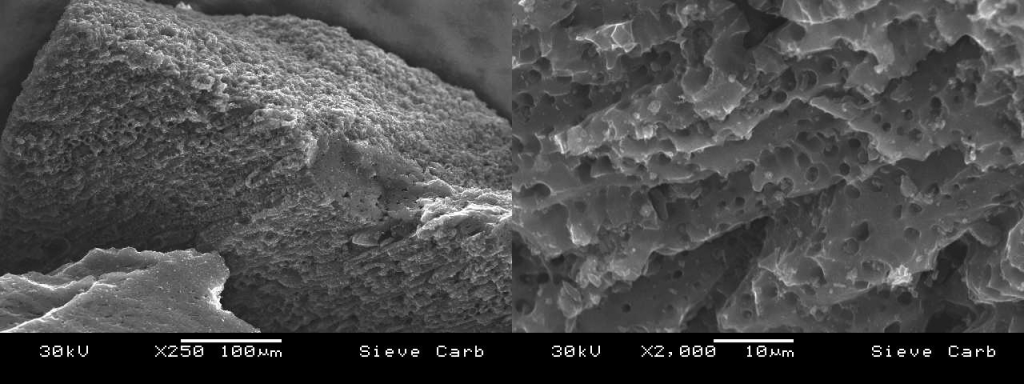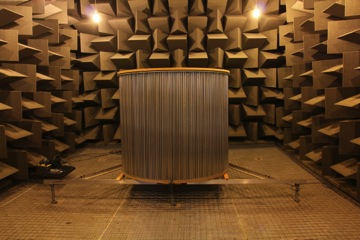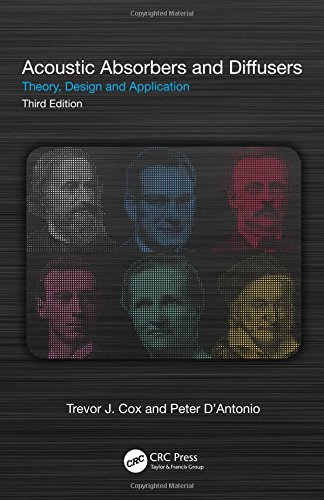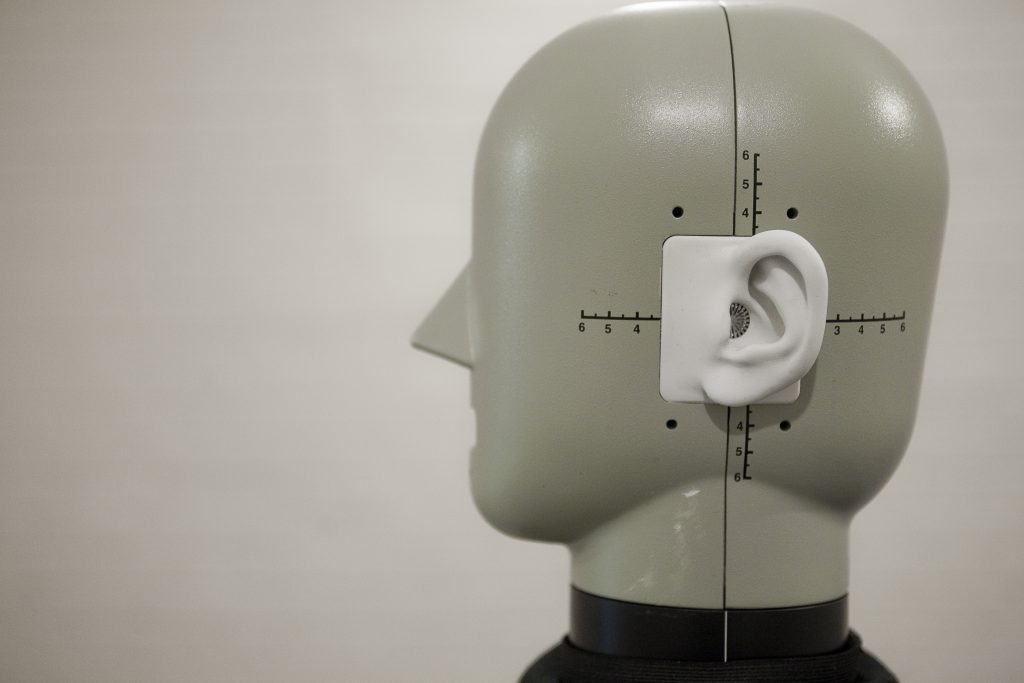Advanced Materials
Materials and structures for noise control and sound manipulation
Acoustic materials are widely used for noise control across numerous sectors: transportation, product manufacture, built environment, aerospace, renewable energy, etc. Our research mainly concerns modelling, measuring, understanding and designing porous materials, metamaterials, sonic crystals, diffusers and materials for vibroacoustics. A key research driver is the need sustainability, such as using less resource and better materials for reducing the harms of noise. We carry out both fundamental research and industrially-funded R&D in this area.

Porous materials are the most common way of absorbing sound. Research at Salford has led to major improvements in modelling of the acoustic properties of such materials, especially for high sound pressures and multi-scale materials. Work on activated carbon has led to the spinout company Carbonair Ltd [1].
Metamaterials are artificial structures giving properties not normally found in nature. Typically, a metamaterial consists of an artificial ‘atom’ or unit cell repeated in a pattern analogous to the way that conventional atoms occur in natural materials. Just as the microscopic properties of conventional atoms or molecules dictate the macroscopic behaviour of the medium consisting of them, in metamaterials the properties and arrangements of the unit cells determine what happens on a much larger scale when many unit cells are considered together in a large structure. The process of ‘zooming out’ and treating the discrete structure of atoms (natural or artificial) as a continuous medium is called homogenisation.
The Salford team have contributed to original modelling and measurements for omnidirectional absorber of low-frequency sound (acoustic black hole), membrane structures and metadiffusers [2]. Other research activities include resonant metamaterials and superlensing, cloaking, membrane structures and aeroengine liners.

Sonic crystals and granular chains consist of periodic arrays of scatterers and are known to give low transmission in selective frequency bands as a consequence of multiple scattering. Salford’s team has developed theoretical approaches to modelling sonic crystal noise barriers made of resonant elements (elastic shells and coupled resonators).
Granular chains are 1D arrangements of spherical particles. They are highly nonlinear, meaning that their behaviour depends strongly on the amplitude of the signal. Salford’s team participated in investigation of nonlinear resonances in the granular chains, supporting coupled longitudinal, transverse and rotational motions.

Contact
Dr Olga Umnova o.umnova@salford.ac.uk.
References
[1] Venegas, R. and Umnova, O., 2016. Influence of sorption on sound propagation in granular activated carbon. The Journal of the Acoustical Society of America, 140(2), pp.755-766.
[2] Jiménez, N., Cox, T.J., Romero-García, V. and Groby, J.P., 2017. Metadiffusers: Deep-subwavelength sound diffusers. Scientific reports, 7(1), p.5389.
[3] O.Umnova, A.S.Elliott, R.V.Venegas “Omnidirectional acoustic absorber with a porous core – theory and measurements”, POMA 19, 065018 (2013); dx.doi.org/10.1121/1.4799727
[4] Cox, T. and d’Antonio, P., 2016. Acoustic absorbers and diffusers: theory, design and application. CRC press.
